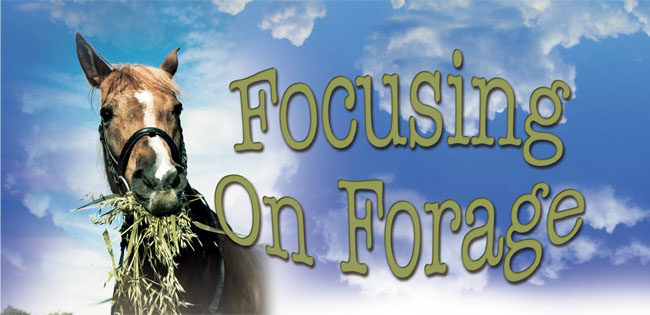American Farriers Journal
American Farriers Journal is the “hands-on” magazine for professional farriers, equine veterinarians and horse care product and service buyers.

Grazing is a full-time job for horses. Given their druthers, they’ll graze for 14 hours or more every day, with their broad, flat teeth and sideways chewing motions making short work of the tough, stemmy grasses and weeds that they favor. Like all true herbivores, horses get most of their daily energy requirements from eating plant fibers.
In a world where domesticated horses are fed grain, supplemental fats and a veritable rainbow of supplements, it’s easy to lose sight of the fact that it’s plant fiber that horses were meant to use as fuel, and that fiber remains the most important ingredient in every equine diet.
Fiber provides all the energy that horses need for everyday maintenance metabolism: ordinary functions like breathing, walking, grazing and sleeping.
And it does more than just that. Without adequate fiber, the horse’s digestive system doesn’t function properly — instead, it loses the ability to move food particles efficiently through the gut and its ability to conserve water and electrolytes is also compromised.
Without fiber in the system, high-carbohydrate feeds tend to “pack” in the gut, resulting in a horse at risk for dehydration, colic and laminitis (not to mention stable vices like cribbing and wood chewing, which often develop when a horse’s fundamental urge to chew is not satisfied).
Except in the most strenuous circumstances (such as 2-year-olds involved in heavy race training), fiber should always make up at least 50 percent (by weight) of a horse’s daily diet. For the vast majority of…